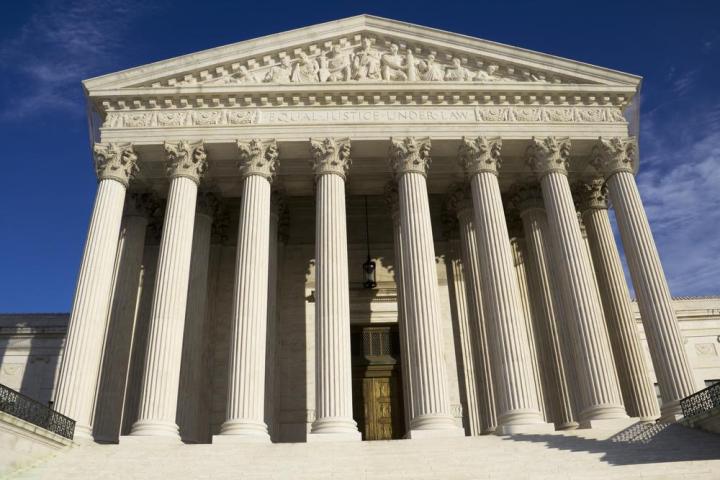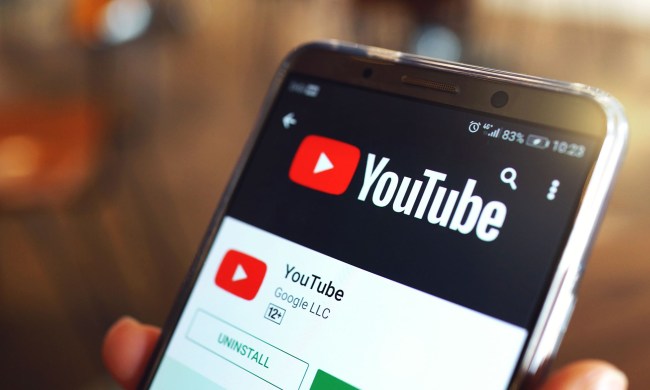
In the case Elonis v. United States, rapper Anthony Elonis, who goes by the pseudonym, “Tone Dougie,” used Facebook to post rap lyrics that allegedly glorified violence against his ex-wife. Despite Elonis claiming that he had a right to do so under the First Amendment and that the lyrics were “fictitious” and not meant to depict real persons, he was fired from his job. In addition, his ex-wife obtained a state court protection-from-abuse order against him, and his former employer reported him to the Federal Bureau of Investigation.
Elonis was arrested and charged with five counts of violating 18 U. S. C. §875(c), which makes it a federal crime to communicate any violent threats across state lines. Elonis requested that the government prove that he was intending to communicate a “true threat.” The case made it all the way to the Supreme Court, which held that “The Third Circuit’s instruction, requiring only negligence with respect to the communication of a threat, is not sufficient to support a conviction under Section 875(c).” However, it does not excuse Elonis, as the case is being sent back to a lower court.
According to USA Today, Chief Justice John Roberts says, “The jury was instructed that the government need prove only that a reasonable person would regard Elonis’s communications as threats, and that was an error. Federal criminal liability generally does not turn solely on the results of an act without considering the defendant’s mental state,” saying that additional context is required to determine whether the threat is real or not.
Justice Clarence Thomas was the lone dissenting vote. Justice Samuel Alito, while part of the majority, said that the ruling would not sit well with lower courts, as well as the general public. “The court’s disposition of this case is certain to cause confusion and serious problems,” he said. “The court declines to say…attorneys and judges are left to guess. This will have regrettable consequences,” he added.


